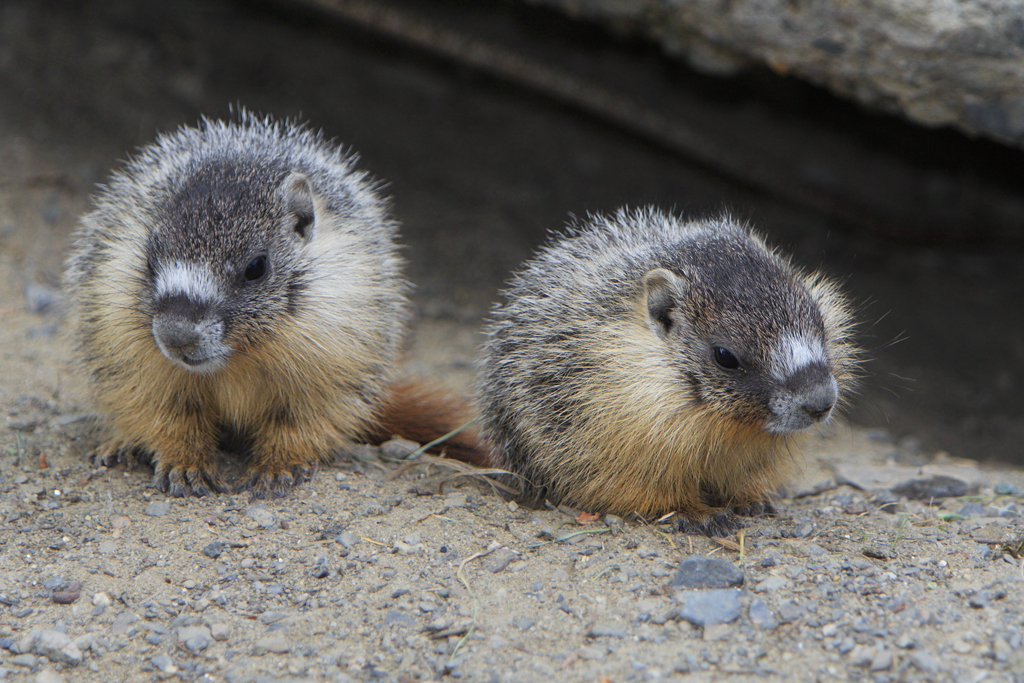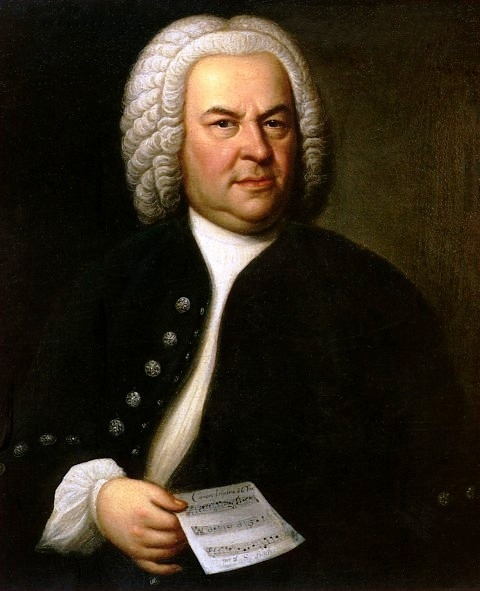APA Referencing for Figures in Non-Text-Based Assessments
This page is for referencing Figures, Images, and Tables (hereafter Figures) in non-text-based assessments like Pamphlets, Posters, PowerPoint Presentations, Videos, etc. For text-based assessments please see the page on Figures, Images, and Tables for Essays and Reports.
As APA 7th Edition does not provide specific advice for referencing figures in visual presentations (PowerPoint presentations, posters, etc.) this is ECU Library’s general advice, though make sure to follow your Unit Coordinator’s guidance (see your Unit Outline for instructions.)
For citing Figures in non-text assessments, use a brief version of an in-text reference, and include a copyright acknowledgement as set out in “Captions for images.”
Format
Standalone Figures
When directly citing a standalone Figure for which you have a direct source (i.e. referencing a standalone painting, or where you have a direct URL to the figure) include:
From / Adapted from Creator Family Name(s), Year of Creation. Followed with Copyright Year Copyright Owner Family Name / OR Copyright License details (e.g. Creative Commons Licensing.)
Example:
From Vernon, 2007. CC-BY-2.0.
Note: The Copyright statement is a "Creative Commons" license.
Quoted Figures
Where the Figure is not a standalone item (i.e. it is included as an image in a book, article, or webpage), cite as if it is a quote:
From / Adapted from ARTICLE Creator Family Name(s), Year of ARTICLE, PAGE NUMBER. Followed with Copyright Year FIGURE Copyright Owner Family Name / OR Copyright License details (e.g. Creative Commons Licensing.)
Example:
From Merrick, 1905, p. 362. Public Domain.
Note: Citation and reference entry for Figure for illustrative purposes only, see full citation and reference below.
Note: The Reference list should then include a Copyright statement of "All Figures, unless otherwise noted, used under Fair Dealing provisions.
Reference List:
- A full reference list entry for each Figure should be included, i.e. on the last page of the PowerPoint presentation, or on the back of the poster.
- Conclude the end-text reference list with statement: “Unless otherwise noted all images used under Fair Dealing Provisions.” This covers internal, Educational use of Copyright materials, except where the Copyright License details differ.
- Consult with your lecturer for further information on individual assignment tasks.
- Examples:
References
Merrick, H. (1905). Bach and his friends. Penguin.
Vernon, A. (2007). Yellow-bellied Marmot pups - Kamloops, BC. Wikimedia Commons. https://commons.wikimedia.org/wiki/File:Yellow-bellied_Marmot_pups_-_Kamloops,_BC..jpg
ClipArt:
Note: Whilst APA 7th Edition does not require any reference citation for licensed clipart or for original images, ECU Library recommends including a note like:
Microsoft Clipart. Used under License.
Or:
Personal photograph.
This will clear any confusion your marker may have as to the source of the Figure.
Note that this only applies to ClipArt or materials included in a licensed piece of software or platform (like Canva), stock images and images purchased from sites such as Shutterstock should still be fully referenced.
Referencing in PowerPoints
When doing a presentation (both recorded on video or live in class) one aspect that you have to consider is making the presentation visually coherent and appealing to the audience. Referencing may clutter up your slide or take up too much room.
You may be able to shorten your referencing to suit your presentation.
Always check with your lecturer on their preference in style
See the below document for some examples around referencing a PowerPoint presentation
-
Slide Image Referencing ExamplesThese are examples. Please consult with your lecturer or assignment instructions first for any referencing preferences.
Citations
From Haussmann, 1746. Public Domain.
From Veron, 2007. CC-BY-2.0.
References
Haussmann, E. G. (1746). Johann Sebastian Bach (aged 61) in a portrait by Elias Gottlob Haussmann, second version of his 1746 canvas: Bach is holding a copy of the six-part canon BWV 1076. Wikipedia. https://en.wikipedia.org/wiki/Johann_Sebastian_Bach#/media/File:Johann_Sebastian_Bach.jpg
Vernon, A. (2007). Yellow-bellied Marmot pups - Kamloops, BC. Wikimedia Commons. https://commons.wikimedia.org/wiki/File:Yellow-bellied_Marmot_pups_-_Kamloops,_BC..jpg
Unless otherwise noted, all Figures used under Fair Dealing provisions.

